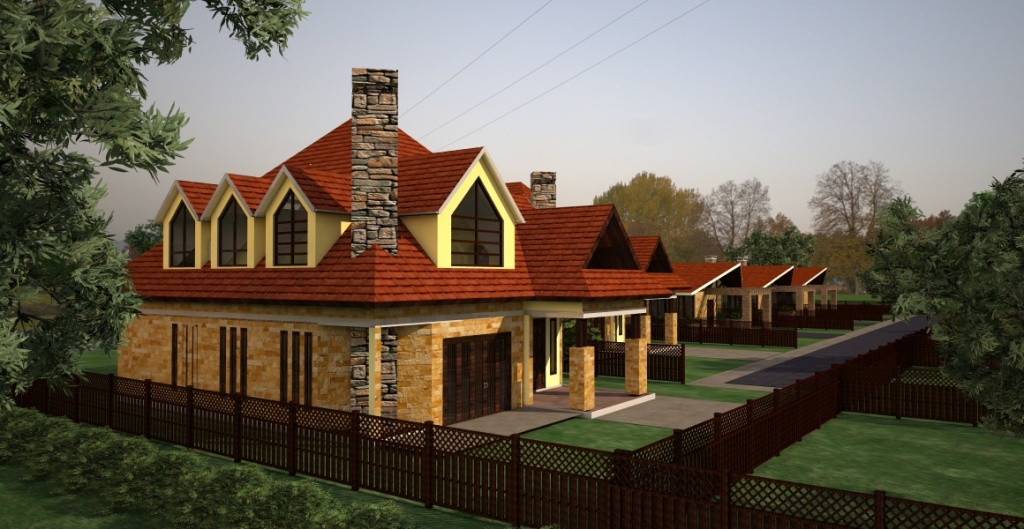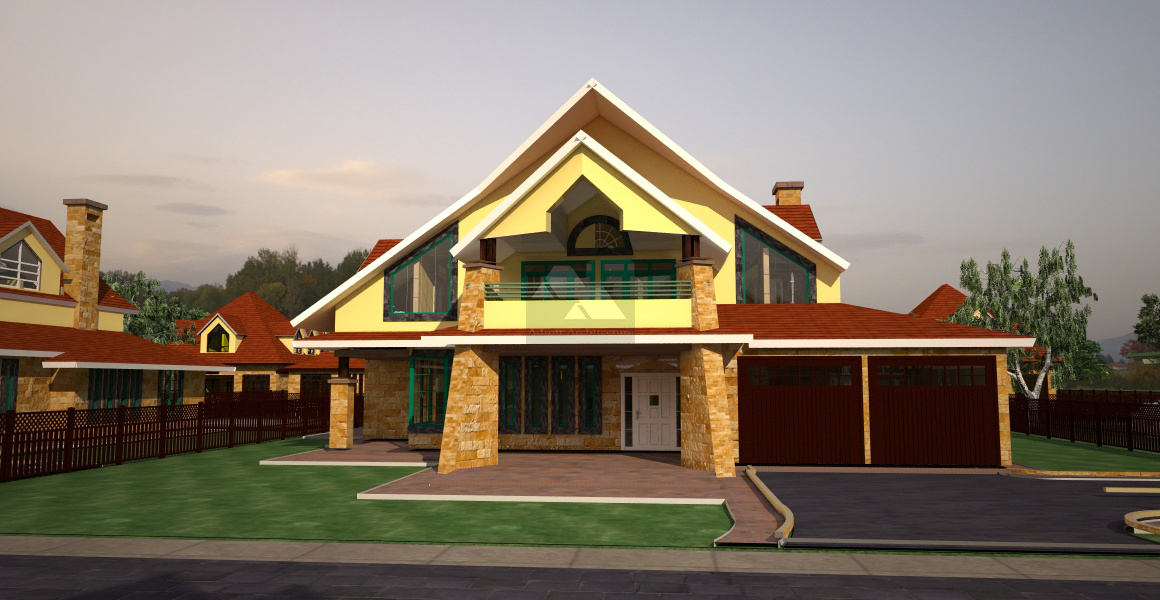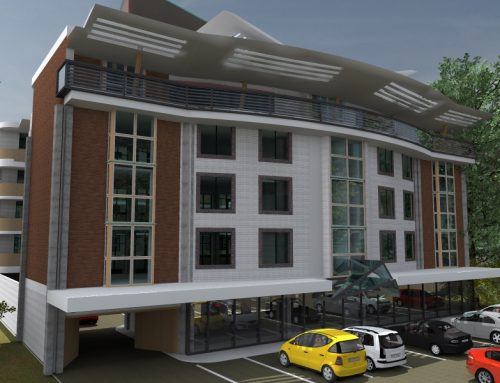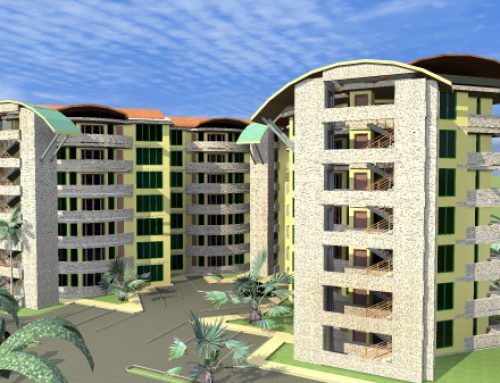The year 2014 will go down as one of the most brisk years of my practice as an architect in Kenya. This is undoubtedly largely because of the breakneck speed with which tasks have had to be undertaken in the quest for architectural excellence. With growing confidence of investors in the real estate market, many individuals are taking the plunge into real estate development. They are doing this mainly to fulfil the demand for residential or commercial space required by our growing urban centers and for personal gain. Each individual has set timelines and cashflows, and the need to deliver the real estate product that will yield the anticipated return within the project plan is vital.
In the process of coming up with buildings that have meaning, are functional and beautiful, and are responsive to the sustainability agenda, there are several lessons that I have learnt by experience. They may seem mundane and almost obvious, but they are good attitudes that a developer needs to have in mind as they approach the construction of their building projects. I have been engaged as an architect in Kenya with high ideals for each client that I have worked for, but I have witnessed first-hand a disconnect between some of these ideals a client often has with the reality of implementing a building project.
Let me share with you these concepts that have been deeply ingrained in my mind in a fresh way this year.
Good architecture takes time to achieve.
 Architecture is architecture, whether it is being practiced in Kenya, East Africa or any other part of the world. Good architecture requires attention to detail. Good architecture requires a process of exploration of building solutions. Good architecture requires plenty of consultation between various stakeholders to get the functional requirements right. Good architecture requires a process of investigation of finishes and fittings that can be currently found in the market. Good architecture requires a builder to visit similar projects to learn from precedents that have been set by similar projects.
Architecture is architecture, whether it is being practiced in Kenya, East Africa or any other part of the world. Good architecture requires attention to detail. Good architecture requires a process of exploration of building solutions. Good architecture requires plenty of consultation between various stakeholders to get the functional requirements right. Good architecture requires a process of investigation of finishes and fittings that can be currently found in the market. Good architecture requires a builder to visit similar projects to learn from precedents that have been set by similar projects.
Needless to say, all this takes time. And we are just talking about the planning stage. I recently have had the opportunity to work with a client who was so particular about their planning that the project took two years to plan before it finally commenced on the ground.
Thereafter once a project is on ground, the process of getting it to be built right requires steadily working with the contractor to make sure that the right specs are being used in the build. The process of quality control through inspections, tests and remedial works is a constant process to ensure the building is sound. This is continuously done from the foundation, right up to the point your structure is done. After that the process of finishing calls for architects in Kenya to look at a contractor’s craftsmanship as tiles and boards are fixed, and carpentry and joinery and fittings are installed. Specialist work like kitchens and wardrobes, or commercial building services call for intense attention to detail by both consultants and contractors on behalf of a client.
The bottom line is that this entire process calls for time. Rushing it will often result to too little attention being placed on a particular part of the design and construction, resulting in a mediocre product or something that you feel…could have been better. The 3 C’s need to be in sync on this one, Client, Consultant and Contractor must afford sufficient time for a project to succeed.
Great project management is vital for a project’s success
 Getting a nice design is one thing, building it is another. Practicing as an architect in Kenya has taught me that getting a nice design makes a world of difference in the final product that you are likely to achieve. Two buildings may cost a developer 10 million shillings to build, but the quality of their design will make a world of difference between the two. At the end of the day, one may realize better and easier returns that the other, due to the demand it will create in the market.
Getting a nice design is one thing, building it is another. Practicing as an architect in Kenya has taught me that getting a nice design makes a world of difference in the final product that you are likely to achieve. Two buildings may cost a developer 10 million shillings to build, but the quality of their design will make a world of difference between the two. At the end of the day, one may realize better and easier returns that the other, due to the demand it will create in the market.
However it is vital to note that getting a good design is one side of the coin. Getting it implemented is the other. This calls for the timely processes that I have mentioned above. A knowledge of what comes next on every part of the building process and taking all necessary preparatory steps is vital.
Commercial projects especially have a major need for close project management right from the onset of the project. They require close supervision of the procurement process, and the design and tender process calls for sobriety. Getting the design and specifications quantified and documented right while procuring a contractor must be done. Working through the process of building requires financial appraisals and a process of monitoring and evaluation, charting the path for the project in technical and economic terms.
It requires close supervision and input to put it right. Work with your architect or project manager closely for your building’s success and pay them for it. You would rather hire your consultant to manage your project well for you than spend on a poor building product.
Financial Planning is key for your project’s success
 More than any other issue on building, cash flow determines whether your building will be completed in good time or is likely to escalate in costs. The ability to ensure that a steady stream of finances flows to a project will ensure that it can proceed without delays on the client’s side. Granted, a project’s issues may emerge from a contractor as has been the case in many construction projects in Kenya.
More than any other issue on building, cash flow determines whether your building will be completed in good time or is likely to escalate in costs. The ability to ensure that a steady stream of finances flows to a project will ensure that it can proceed without delays on the client’s side. Granted, a project’s issues may emerge from a contractor as has been the case in many construction projects in Kenya.
Ability to have a regular cash flow as you build will bring in a good level of stability in the flow of a project, enabling a contractor to plan and implement successive parts of the project predictably. This will ensure that the contractor can plan for a project more reliably, and realizing a contract period is that much easier.
As an architect in Kenya, I have noted that the Joint Building Council Building Contract provides a useful standard in its contract provisions by allowing a client and contractor to agree on what value of work ought to be achieved before a contractor can seek for a valuation and payment. If a client has agreed with a financier for example on the amounts expected to be disbursed as per their cash flow schedule, this provision makes it easier to realize the building phases with less friction.
Well, these are three areas that a developer seeking to do a real estate project in Kenya and East Africa needs to carefully consider as they plan; provide sufficient time, get good project management through the architect, and plan your finances accordingly. If you are about to build, have you thought these factors through? Your project’s success depends on it.








Leave A Comment